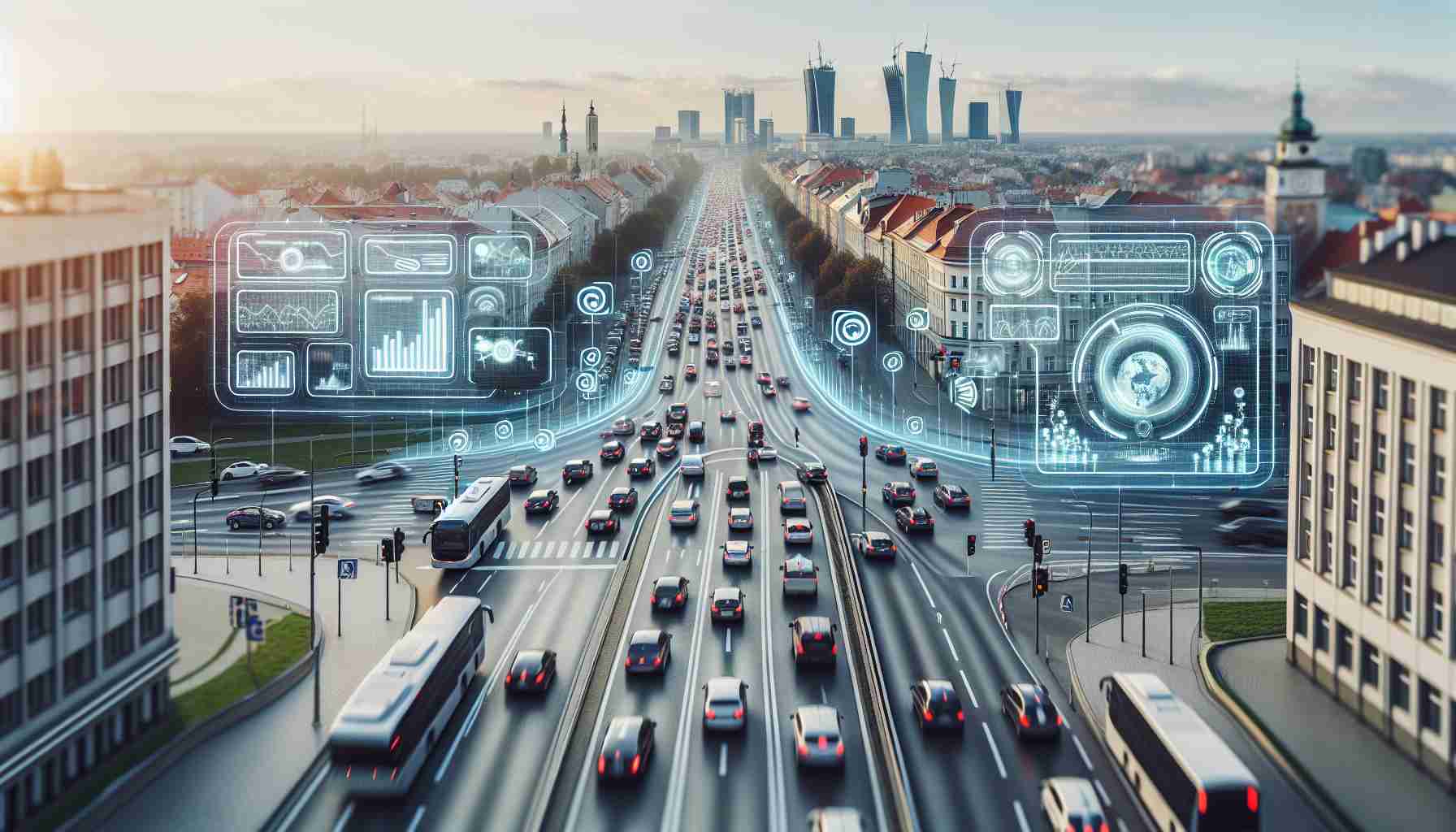Poland’s General Directorate for National Roads and Motorways is gearing up for a key initiative scheduled for the coming year: the General Traffic Measurement. This mission-critical project aims to comprehensively assess the country’s traffic patterns and the Directorate has recently initiated a bidding process to select a competent company to conduct and analyze this study. Leveraging the power of artificial intelligence, the results of this survey promise to be more precise and insightful than ever before.
The application of artificial intelligence in traffic assessment marks a significant technological leap that anticipates enhancing the road infrastructure strategy and development. This approach will enable a much more nuanced capture of traffic data, including the volume, flow, and other critical metrics that determine the state of road use. Improved accuracy in such data will assist in better planning for future roadworks, development of transport networks, and traffic management strategies designed to alleviate congestion and improve safety measures.
The Directorate’s forward-thinking strategy in employing AI technology signals its commitment to adopting cutting-edge solutions to manage the burgeoning demands of transportation in the 21st century. This initiative not only places Poland on the map in terms of traffic innovation but also sets a precedent for other countries to follow in harnessing technology for infrastructural improvements.
Current Market Trends
The integration of Artificial Intelligence (AI) in traffic analysis in Poland is part of a broader global trend, where data-driven solutions are increasingly employed to enhance transportation systems. In recent years, traffic management solutions have started to incorporate machine learning algorithms and big data analytics to improve accuracy and decision-making. Real-time data processing and predictions offered by AI allow for dynamic traffic control and provide insights for long-term infrastructure planning.
AI in traffic management is witnessing widespread adoption due to its ability to reduce congestion, forecast traffic patterns, and support intelligent transportation systems (ITS). The trend towards smart cities and the necessity for sustainable urban mobility are further driving investments in AI technologies in the traffic management sector.
Forecasts
The market for AI in traffic management is projected to expand significantly. The increasing urbanization and the growing number of vehicles on the roads require more sophisticated systems to manage traffic flows. As AI technology advances, we can expect these systems to become more prevalent and intricate, with the potential for fully autonomous traffic management systems in the future.
Key Challenges and Controversies
One of the key challenges with implementing AI in traffic management is the concern over data privacy. The extensive data collection required for effective traffic analysis can raise issues regarding surveillance and the potential misuse of personal information. There is also skepticism about the reliability of AI systems and their ability to handle the complexity of real-world conditions. The initial cost of setting up advanced AI-based traffic analysis systems can be another hurdle for some agencies.
Controversies may arise around the impact of AI on employment, as some fear that increased automation could lead to job losses in the traffic management sector. Additionally, setting the right ethical and governance frameworks for AI is an ongoing debate.
Most Pressing Questions
1. How will the implementation of AI in traffic analysis affect road safety in Poland?
2. What are the provisions for data privacy and security in the adoption of AI-based traffic systems?
3. What kind of infrastructure upgrades will be necessary to support these advanced technologies?
Advantages and Disadvantages
Advantages:
– Enhanced accuracy in traffic predictions can lead to better infrastructure planning and reduced congestion.
– AI can process vast amounts of data in real-time, facilitating dynamic traffic management and quick responses to changing conditions.
– The technology can improve road safety by identifying potential accident hotspots and suggesting preventive measures.
Disadvantages:
– The high cost of implementation can be a barrier, particularly for resource-limited traffic management bodies.
– Data privacy concerns need to be addressed to protect individuals’ personal information.
– Reliance on AI may lead to reduced roles for human traffic managers, potentially resulting in job losses.
For further information about global trends in AI applications across various industries, you can visit the following IBM, Intel, or NVIDIA which are companies at the forefront of artificial intelligence research and development. Please note that the provided URLs are to the main domains of the respective companies; always ensure that you are visiting the official websites to obtain reliable and secure information.

